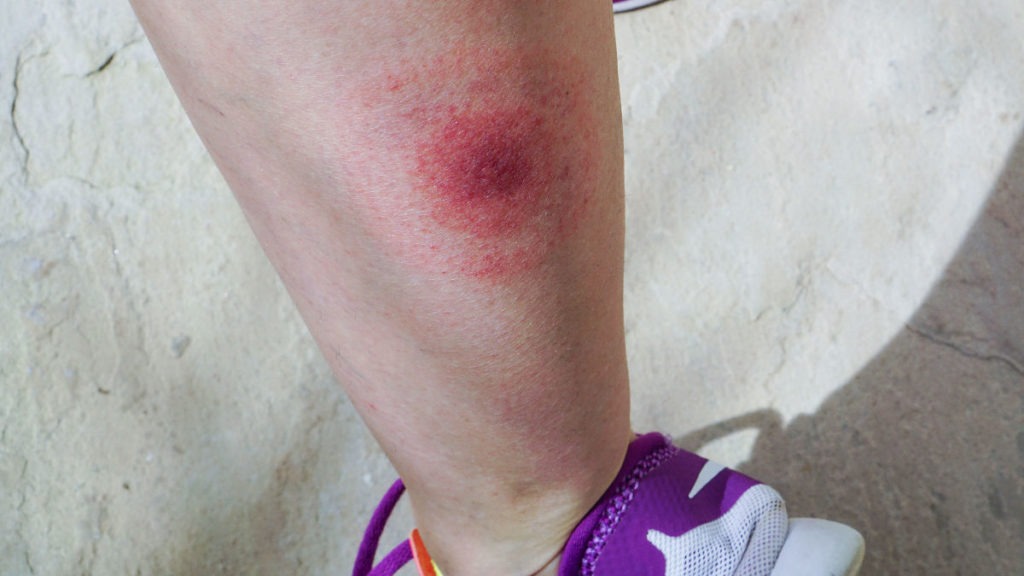Lyme disease is a significant infectious disease that primarily affects humans and animals. The bacterium responsible for Lyme disease, Borrelia burgdorferi, is a spirochete that is transmitted to humans through the bite of infected black-legged ticks, commonly known as deer ticks. This article explores the characteristics of Borrelia burgdorferi, its role in causing Lyme disease, and provides answers to frequently asked questions about the condition.
What is Borrelia burgdorferi?
Borrelia burgdorferi is a spiral-shaped bacterium classified within the family Spirochaetaceae. It is a highly mobile bacterium, capable of moving through its corkscrew shape, which assists it in penetrating tissues and spreading throughout the host. This bacterium is responsible for causing Lyme disease, the most common tick-borne illness in North America and Europe. The organism can survive and adapt in various environments, including the guts of ticks and the mammalian bloodstream.
How Borrelia burgdorferi Causes Lyme Disease
The life cycle of Borrelia burgdorferi includes ticks, specifically those in the Ixodes genus, as well as small mammals, birds, and sometimes deer. When an infected tick bites a host, the bacterium is transmitted through the tick’s saliva, which contains proteins that help it evade the host’s immune system. The bacterium then begins to multiply in the host, causing an initial infection that can spread if untreated.
After entering the host’s body, Borrelia burgdorferi begins to migrate through connective tissues, where it can invade various systems, including the nervous system, joints, heart, and skin. The bacterium’s corkscrew shape aids in its movement, allowing it to travel through blood vessels and tissues. This capability is why untreated Lyme disease can result in widespread symptoms, affecting multiple organs over time.
Stages of Lyme Disease
Lyme disease progresses in three stages:
- Early localized stage: This initial stage typically occurs within days to weeks of the tick bite. It is often characterized by a distinctive rash called erythema migrans, commonly known as the “bull’s-eye” rash, which appears at the site of the bite. Other symptoms can include fatigue, fever, and muscle aches.
- Early disseminated stage: If untreated, the infection can spread to other parts of the body, potentially causing additional rashes, facial palsy, pain, and numbness in limbs, and even meningitis (inflammation of the membranes surrounding the brain and spinal cord).
- Late disseminated stage: This stage can occur months to years after the initial infection. Symptoms in this stage may include arthritis, particularly in large joints, chronic neurological symptoms, and cognitive impairment.
Diagnosis and Treatment of Lyme Disease
Diagnosing Lyme disease is often challenging, as its symptoms can mimic other conditions. Diagnosis generally involves a combination of clinical evaluation, a history of potential exposure to ticks, and laboratory tests that detect antibodies to Borrelia burgdorferi. The most common tests used are ELISA (enzyme-linked immunosorbent assay) followed by a Western blot test for confirmation.
Treatment typically involves antibiotics, with doxycycline, amoxicillin, and cefuroxime being the most commonly prescribed. Early treatment is crucial for the best prognosis, as it can help prevent the disease from progressing to more severe stages.
Frequently Asked Questions
Q1: How is Lyme disease transmitted?
A: Lyme disease is transmitted through the bite of infected black-legged ticks, also known as deer ticks. These ticks are often found in wooded and grassy areas.
Q2: What are the symptoms of Lyme disease?
A: Common symptoms include a bull’s-eye rash, fever, fatigue, muscle aches, and joint pain. In later stages, symptoms may progress to include arthritis, neurological issues, and cognitive difficulties.
Q3: How long does a tick need to be attached to transmit Lyme disease?
A: Typically, the tick must be attached for at least 24 to 48 hours to transmit the bacterium Borrelia burgdorferi. Early removal of ticks can significantly reduce the risk of infection.
Q4: Can Lyme disease be cured?
A: Yes, Lyme disease can be cured with antibiotics, especially if caught early. However, if left untreated, it can lead to long-term health issues that may require prolonged treatment.
Q5: Is there a vaccine for Lyme disease?
A: Currently, there is no widely available vaccine for Lyme disease. However, research is ongoing to develop an effective vaccine for human use.
Q6: How can I protect myself from Lyme disease?
A: Preventative measures include wearing long sleeves and pants when in tick-prone areas, using tick repellents, checking for ticks after spending time outdoors, and removing ticks promptly and correctly if found.
Conclusion
Lyme disease, caused by the bacterium Borrelia burgdorferi, remains a prevalent and concerning tick-borne illness. Awareness of tick-bite prevention, early symptom recognition, and prompt treatment are essential for minimizing the risks associated with this infection. As research advances, there is hope for improved diagnostic methods and potentially a vaccine to prevent this disease in the future.
This article is for a reference only and is NOT meant as medical advice. For proper diagnosis, care and treatment of a Lyme Disease infection you should consult your doctor.
NEED HELP?
If you live in Southern Maryland, or Northern Virginia
FIND YOUR SOLUTION HERE
People, Pet & Pollinator Safe! Pest control for people who care.

